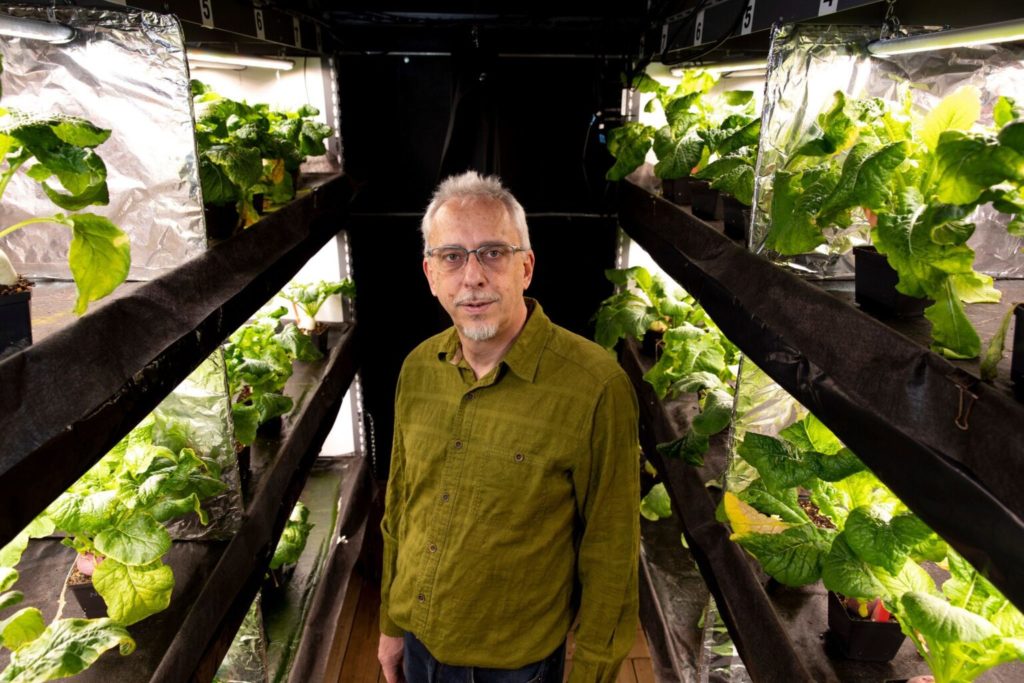An internet-connected lighting system for greenhouses could reduce a farmer’s power bill, according to University of Georgia research.
The study showed that a predictive lighting control system could optimize lighting for plants by predicting sunlight and only utilizing lights when necessary. Farmers could reduce their greenhouse electrical costs by as much as 33% by optimizing their lights.
Plants are given supplemental lighting to make up for the lack of sunlight during rainy or cloudy days.

“When LED lights first came to market, they gave us an opportunity to control greenhouse lighting on a level that was not possible before,” said Marc van Iersel, a professor in the College of Agricultural and Environmental Sciences. “At the time, a lot of research was happening to optimize the lights themselves, but almost no one was working on smart control of the lighting system.
“The electricity used for the lights is anywhere from 10% to 30% of the cost of running a greenhouse. Our research began with the idea that, if we can reduce this cost, we can very quickly have an impact on the efficiency and sustainability of greenhouses.”
A team of UGA researchers designed a new lighting system that could reduce a greenhouse’s electrical demand without hurting the plants.
Electrical engineering master’s student Shirin Afazli built a control system that uses sensors to measure current weather conditions, and doctoral student Sahand Mosharafian and associate professor Javad Mohammadpour Velni developed light-predicting algorithms in their laboratories. In combination, the system can predict the amount of sunlight in the future.
Greenhouses are predominantly used during the winter and spring. The team tested their system during both growing seasons. The new system made a bigger impact during the spring. It reduced costs by 33% in the spring but only 4% in the winter. The system generates the most savings while the sun is shining.
According to the researchers, the actual cost savings could be even higher. Their experiments assumed a fixed cost for electricity, but in the real world, farms are subject to variable pricing. The team has already programmed the system to account for this variable and plans to publish future research that shows higher savings rates.










